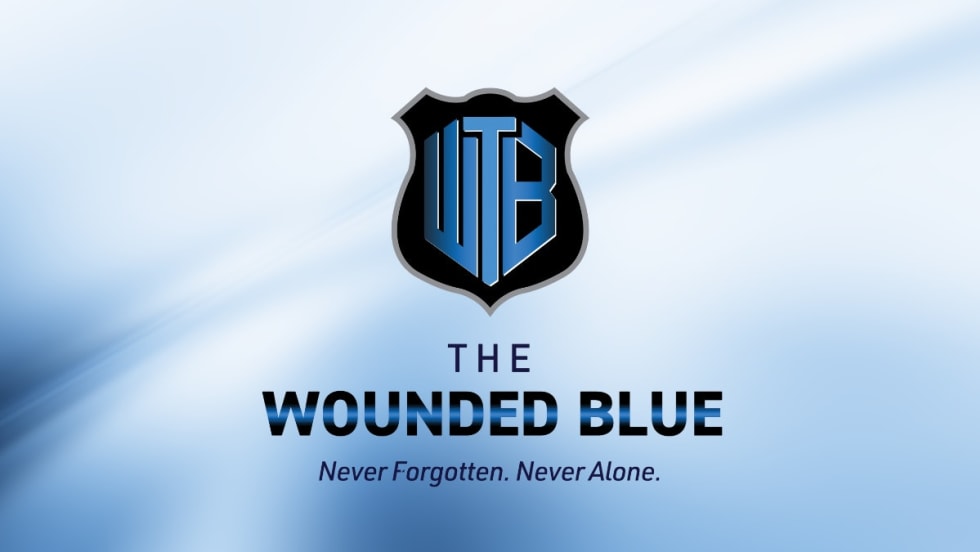This doesn’t mean the idea itself was necessarily bad, but rather that we seem to have a hard time perceiving that implementation is vastly more difficult than anyone seems to understand. And whether we are talking about public or private sectors it behooves us to reflect on why good ideas fail, or worse, become bad ideas.
First, the very formulation of a policy or program is often a reflective response to some crisis or issue and ends up being driven by emotion and urgency instead of rational evaluation and research. The classic book, “Criminal Justice Planning” by O’Neill, Bykowski, and Blair, provides a framework for a “Systems Approach” to planning, which offers an Aristotelian Method where logic, analysis, and reason enable leaders and planners to come up with rational plans, create a learning organization that improves its understanding of the problem being solved, and determine if the plan designed to solve it is working or not.
Systems thinking allows us to ask ourselves who, what, when, and how does a program or policy affect, not only the organization, but also the community it will impact as well. The authors of “Criminal Justice Planning” bring into focus issues like funding, personnel, timetables, and feedback mechanisms essential to making a program or project a reality. This approach helps departments become learning organizations as well.
Once a plan is adopted, the next problem law enforcement faces is implementation. Have you ever noticed how often procedures become the dominant trait of a program? Instead of the intended outcomes of the program driving the solution of the problem (as they should), following the outline becomes the focus. Too often law enforcement is tasked with solving serious social issues that are far more complex than our resources, personnel, and scope of crime fighting can handle. The fact that the problem hasn’t even been rationally analyzed often impedes the very development of any solution that might deal with it.
Law enforcement leaders are under tremendous pressure to come up with immediate solutions for the problems presented to them, so I hope they will assign “Criminal Justice Planning” as required reading to their staffs to help them formulate effective plans. Then I hope they sit down and review Aaron Wildavsky’s “Implementation,” written originally in 1973, to analyze what went wrong with the Economic Development Administration’s Oakland Project. What originated as an idea to help Oakland develop and build better opportunities for the African-American community proved to be an example of how difficult a well-intended program can be to develop and implement.












